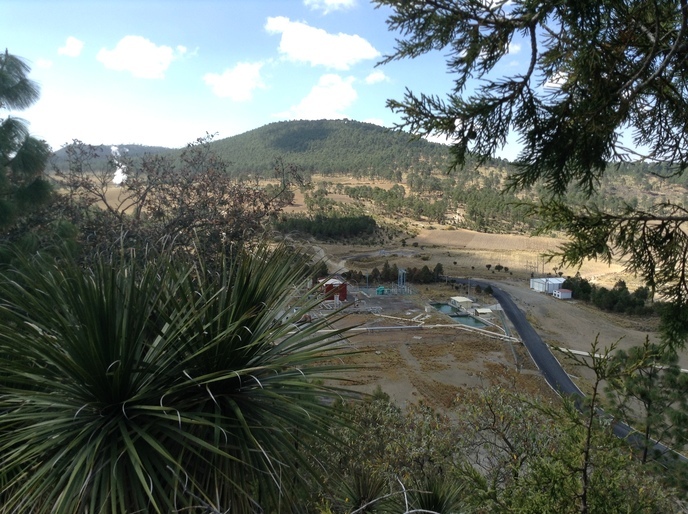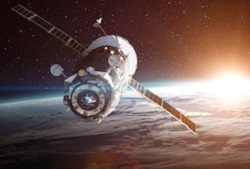Space weather warning system
During the solar cycle, the Sun goes from a quiet condition to levels of high activity, displaying phenomena such as coronal mass ejections (CMEs) and solar energetic particles (SEPs). These are accompanied by the explosive release of mass, magnetic flux and energetic particles that can damage satellites and on-board detectors. In extreme cases, ground-based systems such as power grids are at risk, and if astronauts are to travel to Mars or return to the moon they must be protected from these events. The 'Coronal mass ejections and solar energetic particles: Forecasting the space weather impact' (COMESEP) project developed tools for forecasting geomagnetic storms and SEP radiation storms. Researchers used scientific data analysis and computer models to investigate the propagation of SEPs and CMEs, and developed an operational space weather alert system based on the COMESEP definition of risk. The project also investigated very large events from the pre-satellite era using historical ground-based observations, including geomagnetic records, sunspot data, solar images and drawings. Project partners investigated and selected automation detection algorithms for the alert system and examined different solar wind models for use in interplanetary CME propagation tools. A novel technique based on remote-sensing observations and in situ measurements was also developed for determining the movement and direction of interplanetary CMEs. In addition, an analytical model was developed to calculate the arrival time and speed of an interplanetary CME hitting an orbiting space craft. COMESEP scientists used measurements of heavy ion flux by the Ulysses and Advanced Composition Explorer (ACE) spacecraft to investigate the evolution of SEP characteristics in the area around the Sun known as the heliosphere. The impact of large-scale interplanetary magnetic field structures on SEP profiles was also studied. In addition, researchers developed a test particle model to study SEP propagation from the Sun and included the results in space weather models. The work carried out by COMESEP increased international and European collaboration on space weather research and forecasting. It also complemented the European Space Agency's (ESA) space situational awareness activities for security of space assets from space weather events. The alert system will help mitigate the impact of space weather on vulnerable technologies in space such as satellites communication and navigation systems as well as ground communication and electrical grids.







